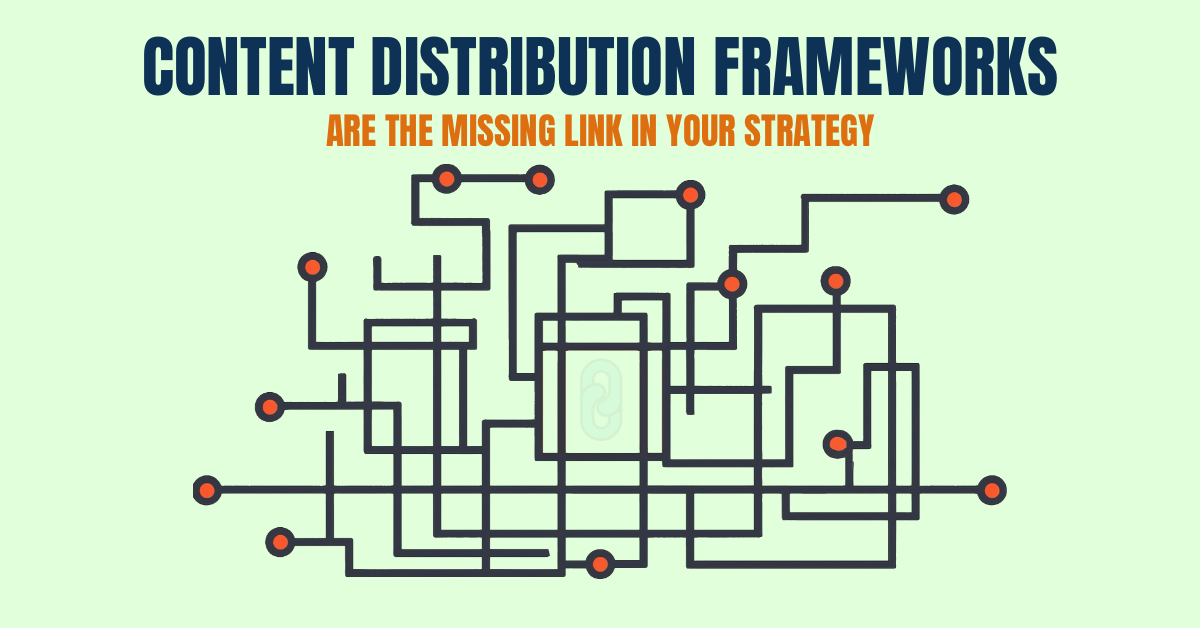
In the evolving landscape of search and content marketing, Answer Engine Optimization (AEO) has emerged as an important new strategy for brands seeking to maintain visibility. But even within AEO, techniques continue to advance.
Content marketers are now finding remarkable results with one savvy approach: multi-format FAQ clusters. This innovative content structure consistently outperforms traditional formats in AI-generated results, and brands that adopt it are experiencing significant gains in visibility and engagement.
What are Multi-Format FAQ Clusters?
Multi-format FAQ clusters are comprehensive content pieces that address a central question and its related questions using multiple content formats on the same page. Unlike traditional FAQ pages that rely solely on text-based Q&A, these clusters leverage various media types to provide a richer, more complete answer experience:
- Detailed text explanations
- Embedded videos
- Visual infographics and diagrams
- Interactive elements
- Comparison tables
- Step-by-step guides
- Expert quotes and testimonials
By presenting information in multiple formats, these clusters cater to different learning preferences while providing AI answer engines with diverse content types to parse and present.
Why Multi-Format FAQ Clusters are Outperforming Traditional Content
The success of multi-format FAQ clusters isn’t coincidental—it directly relates to how modern answer engines evaluate content quality and comprehensiveness.
Better Alignment With How AI Processes Information
Modern AI systems like those powering Google’s SGE (Search Generative Experience) and other answer engines are trained on diverse datasets that include various media types. When your content provides multiple formats addressing the same question, you’re essentially “speaking the language” these systems understand best.
According to Google’s 2024 helpful content guidelines, content that presents information in multiple formats is more likely to satisfy the “helpfulness” criteria that search algorithms prioritize.
Superior User Experience Signals
Multi-format FAQ clusters tend to generate stronger user engagement metrics compared to text-only pages. According to Contentsquare’s 2024 Digital Experience Benchmark Report, pages that incorporate multiple content formats show significant improvements in engagement metrics, with multimedia content driving up to 25% longer session durations.
“User frustration is trending down, but so are conversions. This signals that while brands are improving UX, they must still refine content clarity and call-to-action alignment.”
— Insights from Contentsquare’s 2025 Benchmark Report
These stronger engagement signals feed back into search algorithms, further boosting visibility in a virtuous cycle that single-format content struggles to match.
Fulfills Multiple Search Intents Simultaneously
A well-structured multi-format FAQ cluster addresses various user intents within the same topic:
- Those wanting quick answers can scan the text
- Visual learners can engage with infographics or videos
- Detail-oriented users can dig into comprehensive explanations or comparison tables
- Practical learners can follow step-by-step guides
This multi-intent satisfaction is precisely what answer engines are designed to deliver, making these clusters naturally aligned with AEO best practices.
5 Common Questions About Multi-Platform FAQ Clusters
It can be confusing to know where to start with multi-format FAQ clusters, but these five frequently asked questions can help walk you through the strategy and structure you need.
Start by identifying your primary target question and all related questions users might ask. Tools like AnswerThePublic and Google’s “People Also Ask” sections are invaluable for building complete question clusters.
The goal is to create a comprehensive content piece that addresses the entire topic ecosystem around your primary question, not just surface-level answers.
Different questions lend themselves to different formats:
- For “How to” questions: Step-by-step guides, videos, or process infographics
- For “What is” questions: Concise definitions, conceptual diagrams, and expanding explanations
- For comparison questions: Side-by-side tables, visual charts, and feature lists
- For “Why” questions: Expert quotes, statistical evidence, and illustrative examples
While providing multiple formats, ensure your content maintains a coherent narrative flow. Each format should complement rather than merely repeat the others, creating a unified experience that progressively builds understanding.
This approach avoids redundancy and ensures each component adds unique value to the overall user experience.
Proper implementation of FAQ Schema and other relevant structured data is essential for helping answer engines understand and properly index your multi-format clusters.
Google’s Rich Results Test can help verify your implementation.
Ensure all visual elements include proper alt text, transcripts for videos, and text alternatives. This improves accessibility for all users and provides additional context for AI systems to understand your visual content, as outlined in WCAG 2024.
Getting Started With Multi-Format FAQ Clusters
Ready to implement this powerful AEO technique? Begin by auditing your existing content to identify high-value opportunities:
- Which questions drive the most valuable traffic to your site?
- What content is currently ranking but underperforming in conversions?
- Where are competitors successfully capturing featured snippets or high-visibility positions?
- Which complex topics in your industry need clearer explanation through multiple formats?
These questions will help you prioritize your first multi-format FAQ cluster projects for maximum impact.
Pitfalls to Avoid With Multi-Format FAQ Clusters
While implementing this strategy, watch out for these common mistakes:
- Content bloat: Adding formats without adding value dilutes your message
- Slow page loading: Multiple media types can impact performance if not properly optimized
- Redundancy: Different formats should complement, not just repeat information
- Poor mobile experience: Ensure all formats work well on smaller screens
- Lack of coherence: Maintain a consistent narrative across all formats
Beyond SEO: The Broader Benefits of Multi-Format FAQ Clusters
The advantages of this approach extend beyond search visibility:
- Sales enablement: Sales teams can use different components of your cluster to address specific prospect questions
- Social media amplification: Visual and video elements can be repurposed for social channels
- Reduced support burden: Comprehensive, accessible answers reduce repetitive customer service inquiries
- Content longevity: Multi-format clusters are easier to update incrementally, extending their useful life
The Future of Content Is Multi-Format
As AI continues to evolve how people search for and consume information, the advantage will increasingly go to content that provides comprehensive, accessible answers in formats that match both user preferences and AI processing capabilities.
Multi-format FAQ clusters represent not just a tactical response to current AEO requirements, but a strategic approach to creating genuinely superior content experiences for both human users and AI systems.
Ready to Transform Your Content Strategy?
Is your content strategy optimized for today’s answer engines? At Headline Consultants, we specialize in creating multi-format content experiences that capture visibility while delivering genuine value to your audience.
Contact us today for a content assessment and discover how our content marketing strategy services can help your brand develop FAQ clusters that outperform the competition and drive measurable business results. Let’s create content that gets you noticed—in every format that matters.




